World
Escalating Death Toll and Humanitarian Crisis in Gaza Amid Ongoing Conflict
Explore the rising death toll and deepening humanitarian crisis in Gaza as ongoing conflict intensifies. This article delves into the impact on civilians, the international response, and the urgent need for humanitarian aid.
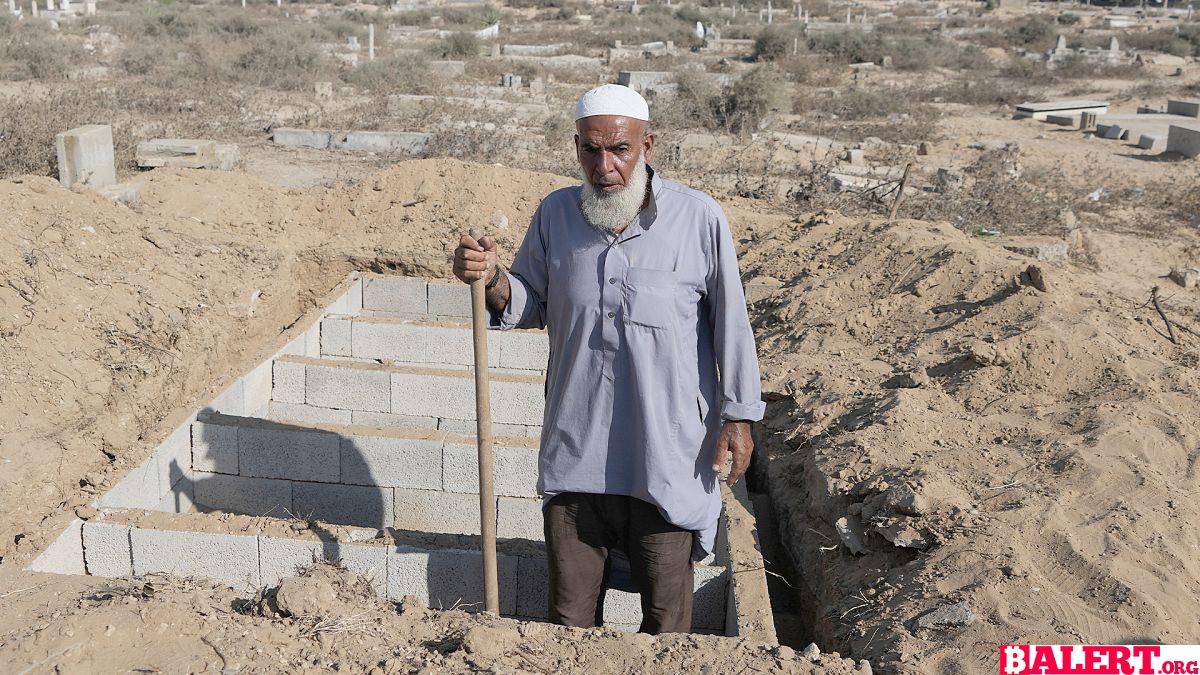
Tragic Toll of the Gaza Conflict

Since the onset of Israel’s military offensive in Gaza, more than 40,000 Palestinians have lost their lives, as reported by the Health Ministry in Gaza on Thursday. In addition, the conflict has resulted in over 92,401 individuals suffering injuries, and a staggering 85% of the Palestinian population has been displaced from their homes. It is important to note that the Hamas-run ministry does not differentiate between civilians and militants in its reported death toll.
The Israeli military has claimed that around 15,000 Hamas fighters are included in the death count, though it has not provided corroborating evidence for this assertion. Gaza’s health officials acknowledge the challenges they face in accurately identifying the deceased due to the overwhelming number of bodies being transported to hospitals and morgues. Moreover, many bodies remain trapped under the rubble of buildings that have been destroyed in relentless airstrikes.
As a result, while the ministry reports a death toll of 40,005, many officials and civil defense workers believe the actual number is likely much higher. The scale of Israel’s air and ground offensive in Gaza has been described as one of the most devastating in recent history, with bombardments and shelling leading to the deaths of entire Palestinian families.
Humanitarian Crisis Deepens
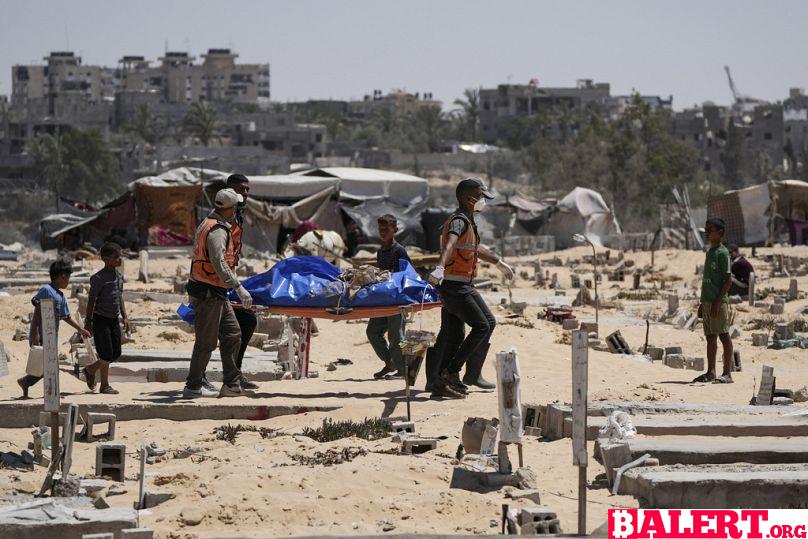
This military action has precipitated a severe humanitarian crisis across the Palestinian territory. Garbage accumulates beside makeshift tent camps that house Palestinians displaced by the ongoing violence, particularly in areas like the Nuseirat refugee camp. The entire Gaza Strip is now at a significant risk of famine, with nearly 500,000 individuals—over one-fifth of the population—expected to face the most severe levels of hunger in the coming months, according to recent reports from leading hunger assessment authorities.
Furthermore, essential sanitation systems have been devastated, and bodies are found in numerous locations—buried in backyards, along roadsides, and even under the staircases of homes. This conflict erupted following a Hamas-led assault on Israel on October 7, which resulted in the deaths of approximately 1,200 people, predominantly civilians, and the capture of 250 hostages. Israel claims that 111 of those captives remain unaccounted for, including the bodies of 39 individuals. Additionally, around 329 Israeli soldiers have lost their lives during the past ten months of hostilities.
How Are Death Toll Numbers Calculated in Gaza?
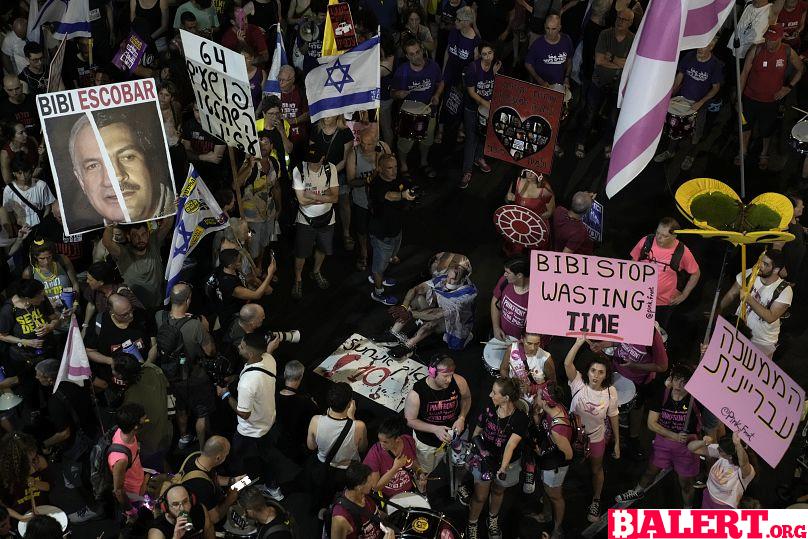
The Health Ministry in Gaza serves as the sole official source for casualty figures, as Israel has sealed Gaza’s borders, limiting the access of foreign journalists and humanitarian organizations. Journalists who are present in Gaza report witnessing a significant number of bodies at the sites of airstrikes, in morgues, and during funerals. Workers were seen carrying a body—part of the more than 80 bodies returned by Israel—to a cemetery in Khan Younis on August 5, 2024.
International institutions, experts, and Palestinian authorities in the West Bank have acknowledged that the Gaza ministry has made considerable efforts to accurately account for the deceased, even under dire circumstances. “While the numbers may not be perfectly accurate on a moment-to-moment basis,” stated Michael Ryan of the WHO’s Health Emergencies Programme, “they largely reflect the true scale of death and injury.”
Ongoing Ceasefire Negotiations
The announcement from the Health Ministry coincides with renewed international efforts to broker a ceasefire between Israel and Hamas after ten months of ongoing conflict. The United States, Qatar, and Egypt are set to convene with an Israeli delegation in Qatar, aiming to advance negotiations on a three-phase ceasefire agreement that would both halt hostilities and facilitate the return of Israeli hostages still held in Gaza.
However, Hamas has yet to indicate whether it will engage in these discussions, accusing Israel of introducing new demands to a previously supported proposal that had backing from the US and the international community. For instance, Hamas has firmly rejected Israel’s latest stipulations, which include maintaining a lasting military presence along the border with Egypt and establishing a dividing line within Gaza for the purpose of searching returning Palestinians to eliminate any remaining militants.
Concerns about a broader regional conflict remain prevalent, especially after Iran vowed to retaliate following the assassination of prominent Hamas political leader Ismail Haniyeh in Tehran. Hezbollah has also pledged to avenge the death of its commander, Fouad Shukur, raising the specter of a potentially even more destructive sequel to the 2006 war between Israel and this militant group.
World
Dominique Pelicot Testifies in Harrowing Rape Trial
Join us as Dominique Pelicot courageously testifies in a harrowing rape trial, shedding light on the complexities of trauma and justice. Her powerful story raises crucial questions about the legal system and the importance of support for survivors.
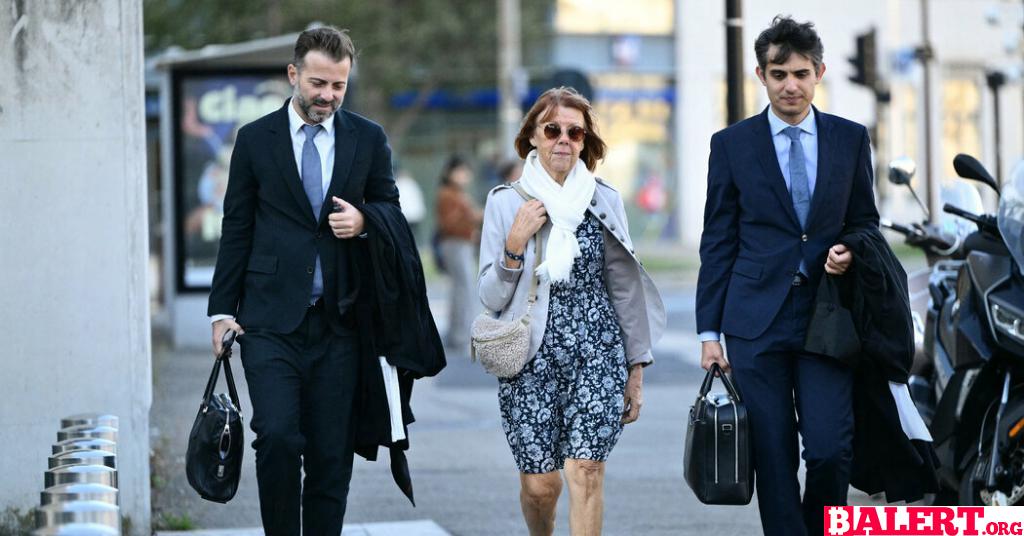
Dominique Pelicot Takes the Stand in Shocking Rape Trial
In a courtroom drama that has captivated France and garnered international attention, Dominique Pelicot, the man at the center of a harrowing rape trial, finally addressed the court. With tears streaming down his face, he recounted how his wife had been instrumental in helping him cope with a tumultuous past marked by trauma. He revealed that he had endured a sexual assault at the tender age of nine while hospitalized, and he also witnessed a gang rape during his teenage years while working as an apprentice electrician on a construction site.
“She didn’t deserve this, I acknowledge that,” Mr. Pelicot stated, his voice barely audible as he struggled to convey his emotions. The gravity of the situation weighed heavily on him, and the courtroom fell silent, straining to catch his every word.
Now 71 years old, Mr. Pelicot faces serious allegations of drugging his wife, Gisèle Pelicot, whom he has been married to for half a century, over a span of nearly ten years. Prosecutors contend that he used drugs to render her comatose, allowing him to rape her repeatedly. Furthermore, authorities allege that he went so far as to invite numerous men into their home, facilitating a nightmarish scenario where they, too, engaged in the assault of his wife.
Overall, 51 men, including Mr. Pelicot, are on trial concurrently, primarily facing charges related to the aggravated rape of Ms. Pelicot. Among them, one individual has already pleaded guilty to similar crimes, admitting to drugging his own wife to assault her and inviting Mr. Pelicot to partake in the horrific act while she was incapacitated.
Mr. Pelicot’s unexpected testimony came after a tumultuous start to the trial. Just a week in, he was stricken with severe health issues that forced him to miss four consecutive days in court. The head judge ultimately decided to postpone proceedings, as Mr. Pelicot was diagnosed with kidney stones, a kidney infection, and prostate complications, adding yet another layer of complexity to this already harrowing case.
World
Meta Bans Russian State Media Outlets from Social Media Platforms
Explore the implications of Meta’s decision to ban Russian state media outlets from its social media platforms. Understand the impact on information dissemination and the ongoing battle against misinformation in the digital landscape.

Meta Imposes Global Ban on Russian State Media Outlets
In a significant move, Meta Platforms, Inc., the parent company of Facebook, has announced the prohibition of Russian state media outlets, including RT (Russia Today) and Rossiya Segodnya, from all its social media platforms. The decision stems from the company’s concerns regarding the deceptive strategies employed by these media organizations to execute covert influence operations across the internet.
Meta made this announcement on Monday, emphasizing that the ban will be enforced worldwide across its various platforms, such as Instagram, WhatsApp, and Threads. The rollout of this ban is expected to take place over the coming days.
Statement from Meta
A spokesperson for Meta elaborated on the decision, stating, “After careful consideration, we have expanded our ongoing enforcement actions against Russian state media outlets. As a result, Rossiya Segodnya, RT, and other affiliated entities are now banned from our applications globally due to their involvement in foreign interference activities.”
For further insights into this development, watch the video in the player above.
World
Trump Recalls Alleged Assassination Attempt While Golfing
Explore Donald Trump’s chilling recollection of an alleged assassination attempt he experienced while enjoying a round of golf. Delve into the tense moments and his reflections on safety, fame, and the unpredictability of public life.

In a recent interview on the social media platform X, Republican presidential nominee Donald Trump recounted a harrowing incident he claims to have experienced while playing golf. Trump described how, during a peaceful Sunday morning round with friends, the tranquility of the day was abruptly shattered by the sound of gunfire in the air.
“It was a beautiful day, everything was just perfect,” Trump reflected. “Then all of a sudden, we heard shots being fired—probably around four or five in total.” He went on to explain that a Secret Service agent was the first to spot the suspect, who was allegedly armed with an AK-47, a powerful assault rifle.
“The agent saw the barrel of the weapon and immediately took action, returning fire at the barrel and aiming in the direction of the bushes,” Trump detailed. “I would have loved to have sunk that last putt, but we decided it was best to leave the scene promptly.”
Trump expressed his gratitude towards the agents and a vigilant civilian who aided in tracking down the suspect, who was eventually apprehended following a high-speed chase.
Suspect Faces Multiple Federal Gun Charges
The FBI has identified the suspect as Ryan Wesley Routh, accusing him of targeting Trump during his time at the golf club in West Palm Beach, Florida. According to an FBI report, Routh had allegedly hidden among the hedges of the golf course for an astonishing 12 hours. Authorities discovered an SKS-style assault rifle, a GoPro camera, and a bag of food at the scene.
The 58-year-old Routh is now facing two serious federal gun charges. If convicted on both counts, he could face a combined maximum sentence of 20 years in prison. Notably, neither of the charges is directly related to an assassination attempt. The first charge pertains to possessing a firearm despite a prior felony conviction, which carries a potential 15-year sentence, a fine of $250,000 (€225,000), and three years of supervised release.
The second charge involves possession of a firearm with an obliterated serial number, which could result in a five-year prison term, the same financial penalties, and also three years of supervised release. As the investigation continues, additional charges could be forthcoming.
While the motive behind Routh’s actions remains unclear, his digital footprint reveals strong political affiliations, particularly concerning issues surrounding Ukraine and China. Routh consistently expressed support for Ukraine across various social media platforms, even claiming to have orchestrated a recruitment scheme for international volunteers aiming to assist Ukraine in its fight against Russia’s invasion. This behavior has been denounced by Ukrainian soldiers and members of the International Legion, who disavowed Routh’s actions and motives.
-

 Business5 months ago
Business5 months agoThe Significance of Jackson Hole: A Central Banking Tradition
-

 Tech4 months ago
Tech4 months agoNew Leaks and Features About the Samsung Galaxy S25 Ultra
-

 Business6 months ago
Business6 months agoObituary: Dan Collins
-

 Article7 months ago
Article7 months agoCreative Design Applications Developed with Artificial Intelligence
-
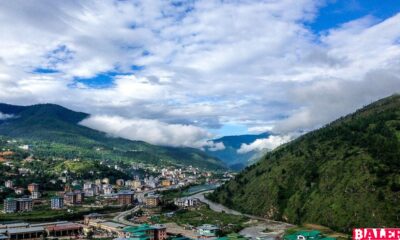
 Business4 months ago
Business4 months agoBhutan’s Strategic Investment in Bitcoin: A New Era for the Himalayan Kingdom
-

 World4 months ago
World4 months agoThierry Breton Resigns: Impact on European Union Leadership
-

 Gaming4 months ago
Gaming4 months agoNew Details and Trailer Released for Dead Rising Deluxe Remaster
-

 Gaming4 months ago
Gaming4 months agoNew Details for Alan Wake 2 and PlayStation 5 Pro Announcement












